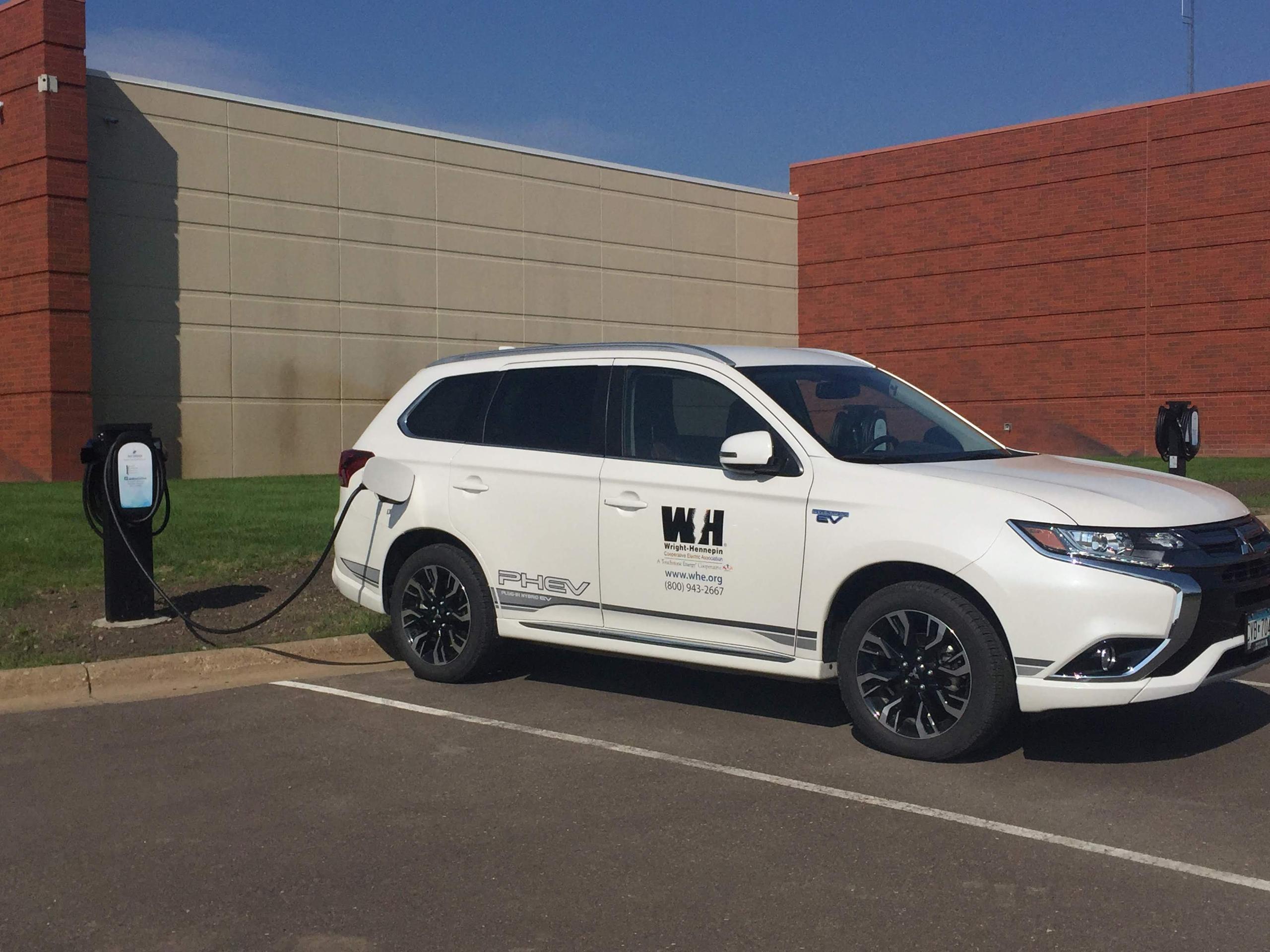
Plug-in Hybrids: Bridging the Gap Between Hybrids and Fully Electric Vehicles
Posted by Jeph Novak on September 8, 2020

Hybrid electric vehicles (HEVs) are a unique type of car, combining the battery of a fully electric vehicle and the gasoline engine of a non-electric vehicle. The two types of hybrids, plug-in and regular, work in different ways to power your car and save you money down the road.
Regular hybrid vehicles use the battery to only supplement the car’s power, using the stored energy to help the car accelerate. While regular HEVs get their power through a process called regenerative braking, plug-in hybrids (PHEVs) are more closely related to full battery-operated EVs (BEVs), as the battery charges when it is plugged in. So if PHEVs plug-in, then what is the difference between HEVs, PHEVs and BEVs?
As shown in the diagram below, PHEVs have an extra feature compared to HEVs: the plug-in charge. PHEVs bridge the gap between regular hybrids and fully electric vehicles. With a gasoline engine, an electric motor and a plug-in charge, PHEVs have several ways to power your vehicle, and the benefits are shown in the range of the car and in the price at the pump.



The difference between PHEVs and BEVs is in the gasoline engine. Most PHEVs use the battery to fuel the car, which works especially well in short commutes or city driving (though depending on the model of the vehicle, you can drive it up to 50 miles using the battery). Only when the battery is nearly depleted does the car switch to using the gasoline engine. Additionally, it is common for the gas engine to support the PHEV when the car is accelerating or using extra power for the air conditioning or heat, for example. The vehicle switches to gas automatically and subtly, so you can keep driving without having to do anything.
Of course, the plug-in hybrid needs to plug in to sufficiently charge. While the electric motor can charge the battery through regenerative braking, similar to HEVs, plugging the car in ensures it gets a full charge for driving the next day. PHEVs and EVs can charge either at home with the proper equipment or at a charging station in your area. WH offers electric vehicle charging options as well as rebates and other programs that save you money on EV charging. Learn more about how WH can help you get started.
The range of PHEVs varies from model to model, as well as what year they were made. On average, PHEVs can drive around 21 miles using the electric motor and battery before they switch to the gasoline engine. The reason PHEVs are unique is the fact that they don’t limit your commute to the range of the battery; the gasoline engine is still there to get you to your destination without worries of running out of energy.
PHEVs are a one-of-a-kind vehicle, bridging the gap between hybrid electric vehicles and battery electric vehicles. Given the dual-powering system, switching between the battery and gasoline engine, the PHEV is a great vehicle for those who are interested in EVs but don’t want to fully switch.
Many car companies are making PHEVs. If you’re considering driving a PHEV, check out some of these models:
- Audi Q5
- Chevrolet Volt
- Chrysler Pacifica
- Ford Fusion
- Honda Clarity
- Hyundai Ioniq
- Kia Niro
- Kia Optima
- Mitsubishi Outlander
- Toyota Prius Prime
- Toyota RAV4 Prime
Learn more about HEVs and EVs on our blog to see if they are the right fit for you.
Sources: Energy Wise MN and U.S. Department of Energy

